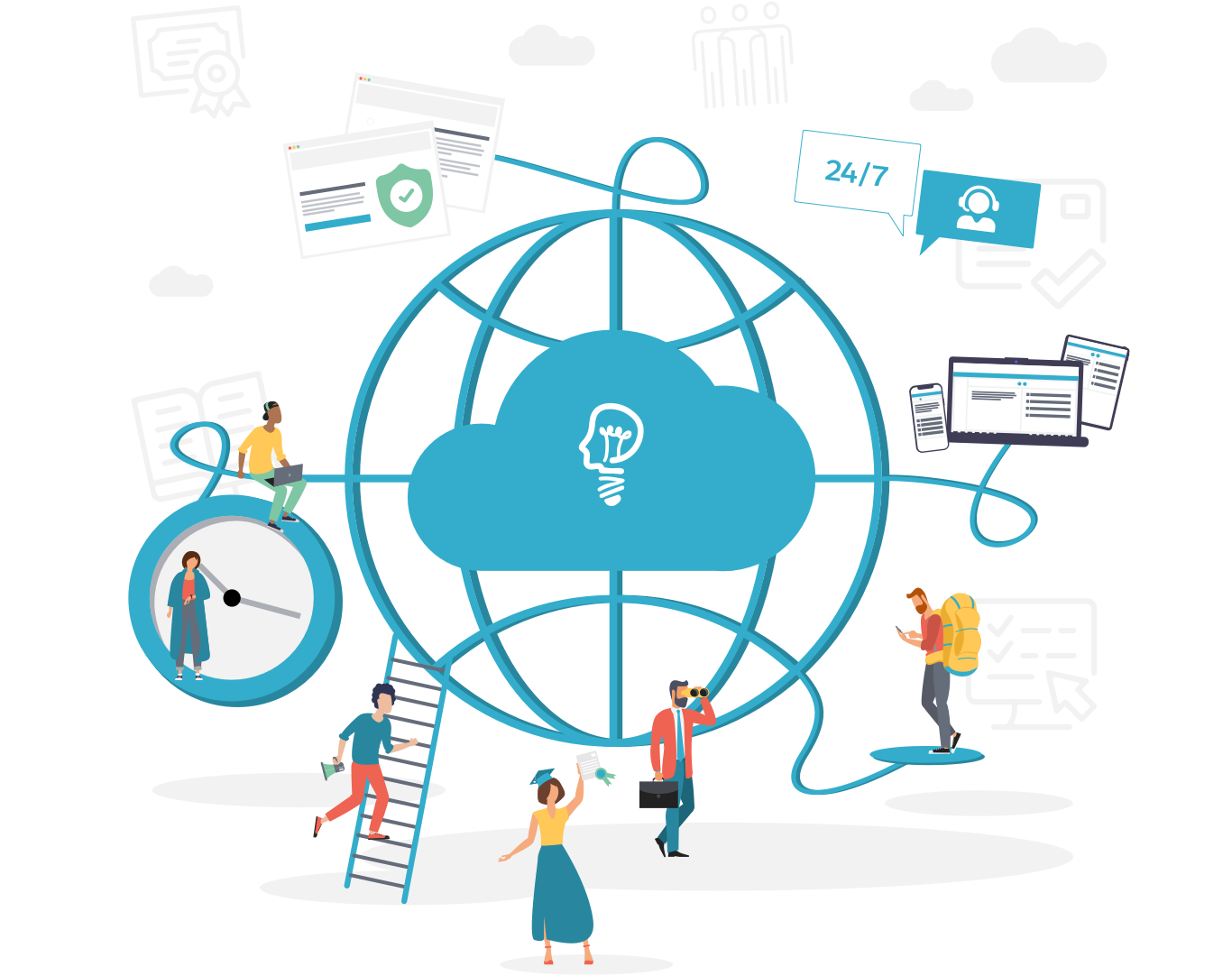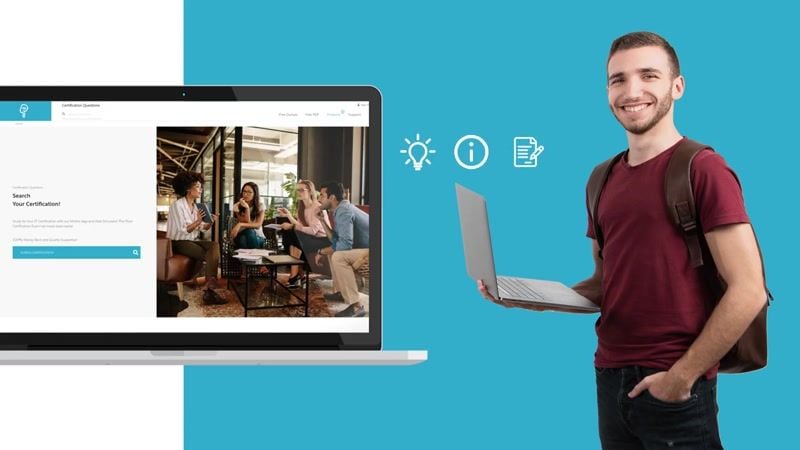High fives - Help us keep price low!
Spread the word on social media, so we don't need to add marketing costs to our Products Price.
Hit the Facebook like below and you will get a 50% discount straight away.
If you don't get the Promo Code immediately
(wait 10
seconds)
after you Like write
us at : info@certification-questions.com
an email with this fixed subject: "Request for promo code, I like you". An automated
message will
reply you with the promo code (**Please** Check Your **Spam Filter** in case you don't find
the
Discount).



